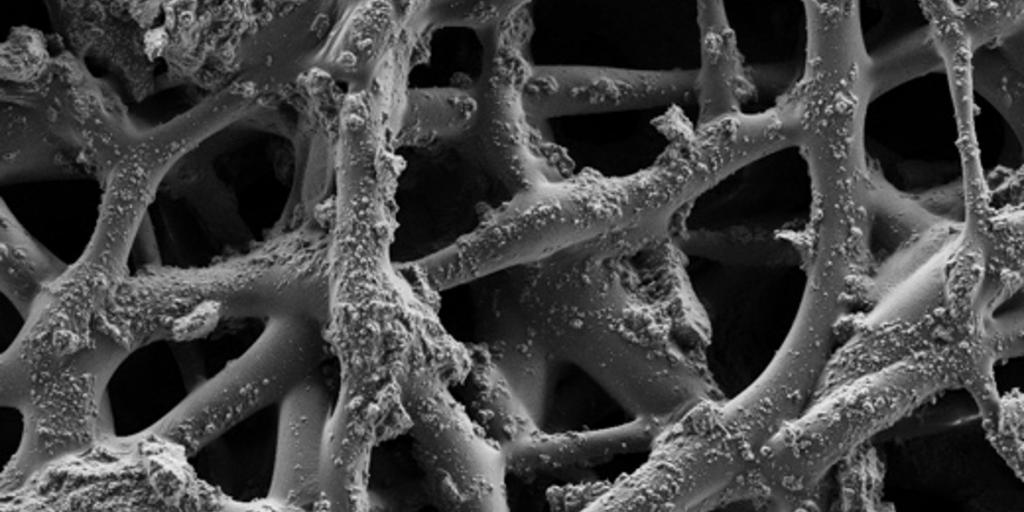Synthesis of materials
This is the first step usually taking place in our facilities, where well-established materials as well as innovative materials are synthesized as environmental photocatalysts. The synthesis is carried out for the photoactive material and supporting materials, in order to address the main limitations that hinder the industrial exploitation of this process. Titanium dioxide-based photocatalysts are the most investigated, since the synthetic path is well-known and reproducible. A soft-chemistry sol-gel route is exploited, followed by different types of thermal treatments. Sol-gel chemistry allows an easy functionalization of TiO2 with dopants and supporting materials with interesting properties (luminescent, magnetic, polymeric). Among supporting materials, polymeric silicon-based membranes are deeply studied since they are resistant to photoactivity and they can be conveniently processed by electrospinning.
Physical-chemical Characterization
All synthesized materials need to be characterized by the physical-chemical techniques available in order to relate their morphological-structural-functional properties to their photo-activity. Most of the instruments available in our labs are used for this purpose
Photocatalytic Tests
As conclusive part of this study, degradation tests are performed on model pollutants (colored dyes, e.g., Methylene Blue, Rhodamine B, Methyl Orange), which can be easily followed by means of UV-Vis spectroscopy, and on emerging contaminants (ofloxacin, salbutamol, caffeine, etc.) which in turn must be investigated with chromatographic techniques (in collaboration with Prof.ssa Barbara Benedetti, Prof.ssa Marina Di Carro and prof. Emanuele Magi)

